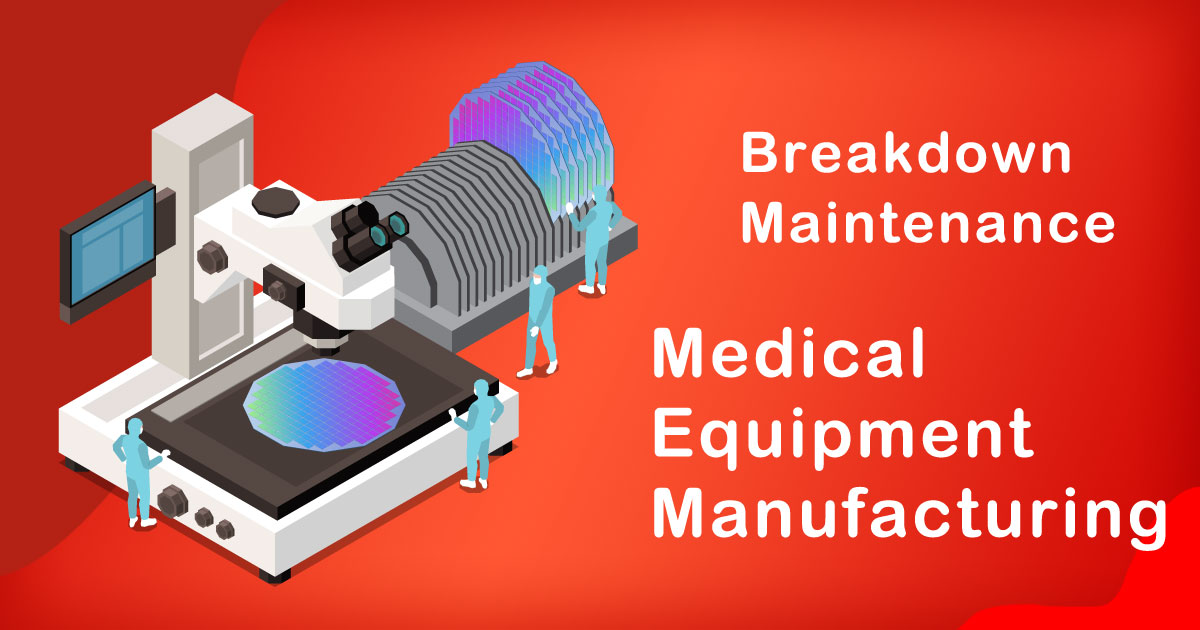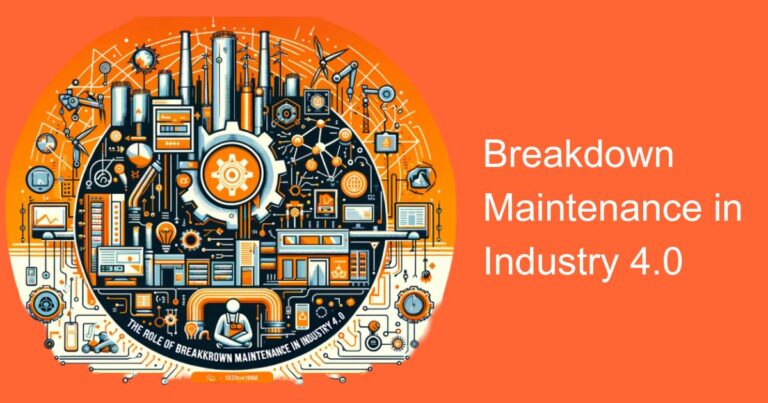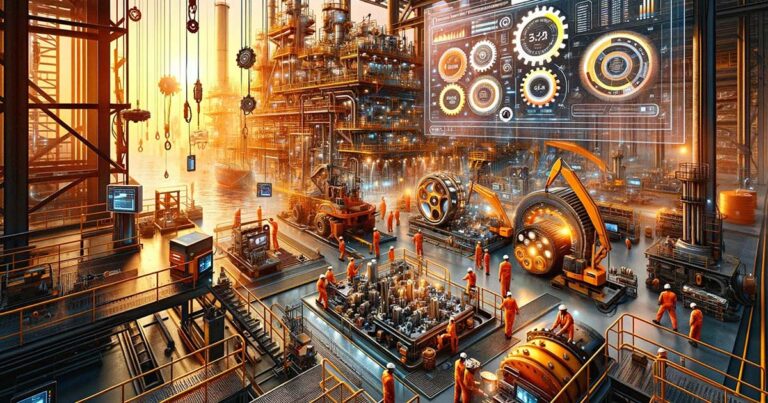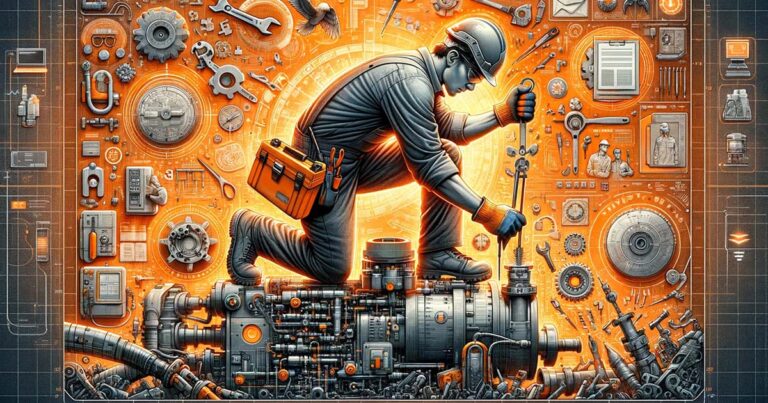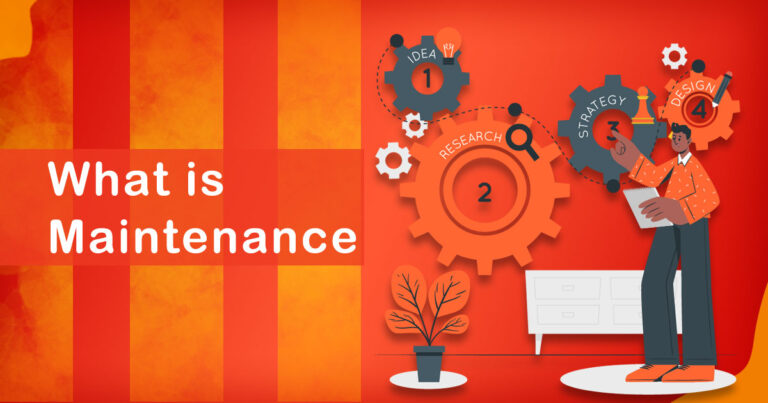Introduction
The Indian medical equipment manufacturing industry has witnessed significant growth in recent years, driven by advancements in technology and an increasing demand for high-quality healthcare equipment. As this industry evolves, the focus on maintenance strategies becomes paramount to ensure uninterrupted operations, cost-effectiveness, and patient safety. Among various maintenance approaches, “Breakdown Maintenance” emerges as a critical aspect deserving attention. In this editorial, we delve into the significance of Breakdown Maintenance in the Indian medical equipment manufacturing industry, supported by research and factual evidence.
Understanding Breakdown Maintenance
Breakdown Maintenance, also known as reactive maintenance or run-to-failure maintenance, is a maintenance strategy where equipment is only repaired or replaced when it breaks down or ceases to function correctly. Unlike preventive maintenance, which follows a predetermined schedule, Breakdown Maintenance relies on the principle of addressing issues only when they occur.
The Prevalence of Breakdown Maintenance in India
In the context of India, Breakdown Maintenance has historically been a widely adopted approach across various industries, including medical equipment manufacturing. This practice often stems from cost considerations, especially in small to medium-sized enterprises that may not have the resources to invest in proactive maintenance programs. However, it’s essential to recognize the potential drawbacks of relying solely on Breakdown Maintenance in a critical industry like medical equipment manufacturing.
Challenges and Implications in the Medical Equipment Manufacturing Industry
Downtime Impact:
Unplanned breakdowns can lead to prolonged equipment downtime, which can significantly disrupt healthcare facilities’ operations. With medical equipment being integral to diagnostics and patient care, prolonged downtime can compromise patient health and even lead to life-threatening situations.
Higher Operational Costs:
Contrary to the initial perception that Breakdown Maintenance saves costs, studies have shown that reactive repairs often result in higher expenses due to the urgency and potential need for emergency services, especially if spare parts must be sourced urgently.
Reduced Equipment Lifespan:
Frequent breakdowns and reactive repairs can accelerate equipment wear and tear, ultimately reducing the overall lifespan of medical devices. Premature equipment failure can strain the healthcare system, necessitating more frequent replacements.
Balancing Breakdown Maintenance with Proactive Strategies
While Breakdown Maintenance may have some relevance in specific situations, it is crucial to strike a balance between reactive and proactive maintenance approaches in the medical equipment manufacturing industry. Integrating preventive maintenance and predictive maintenance techniques can yield several benefits:
Enhanced Equipment Reliability:
Preventive maintenance allows for routine inspections and planned repairs, reducing the likelihood of unexpected breakdowns and ensuring equipment reliability.
Optimized Resource Allocation:
Predictive maintenance employs data analytics and real-time monitoring to predict equipment failures before they occur. By identifying potential issues in advance, manufacturers can allocate resources efficiently and avoid costly emergency repairs.
Improved Patient Safety:
A proactive maintenance approach ensures that medical equipment remains in optimal working condition, mitigating the risks associated with equipment malfunction during critical medical procedures.
Conclusion
In conclusion, the Indian medical equipment manufacturing industry must recognize the significance of Breakdown Maintenance while also acknowledging its limitations. While reactive maintenance might seem cost-effective in the short term, its long-term implications can be detrimental to both the industry and patient care. Embracing a more balanced approach that combines preventive and predictive maintenance strategies is essential to ensure the continued growth, reliability, and safety of medical equipment in India. By doing so, the industry can pave the way for a more sustainable and efficient healthcare ecosystem, benefiting patients and healthcare providers alike.


